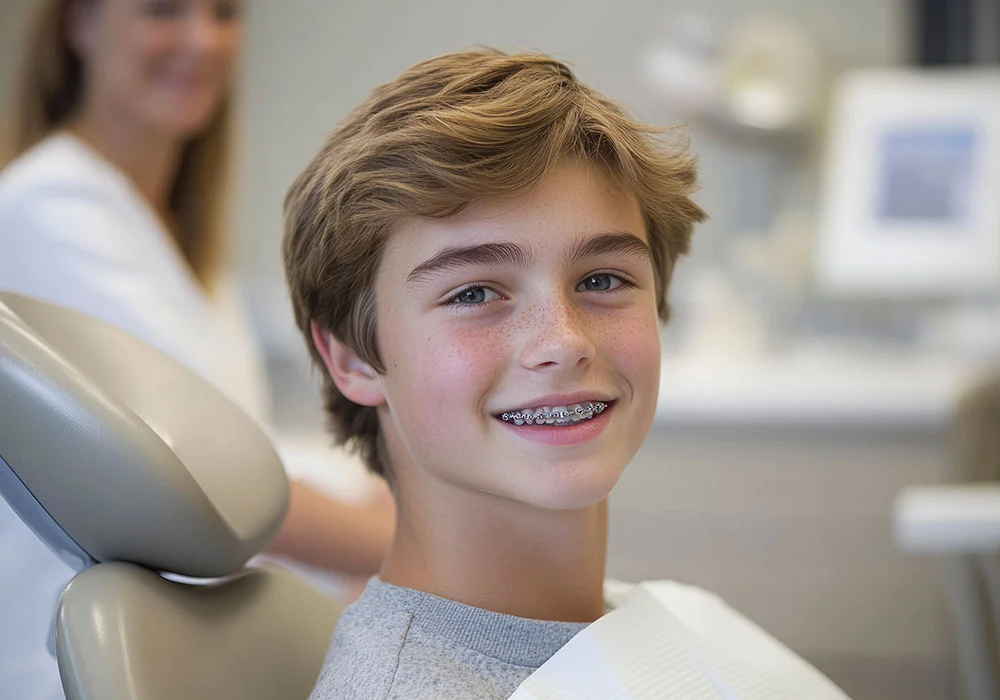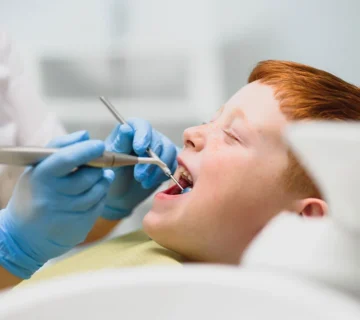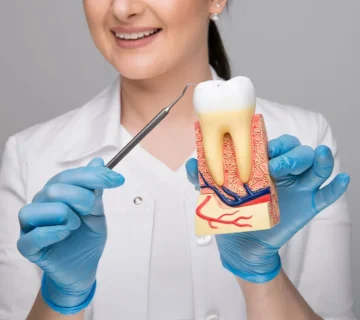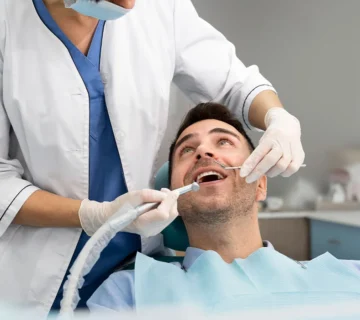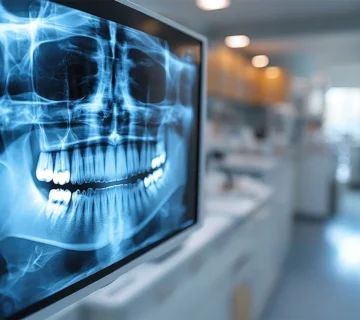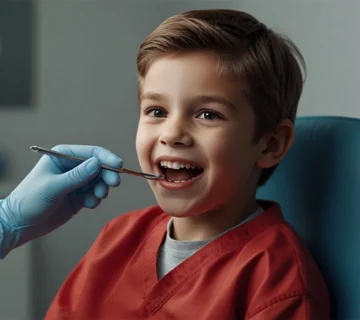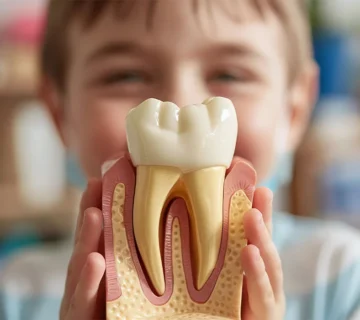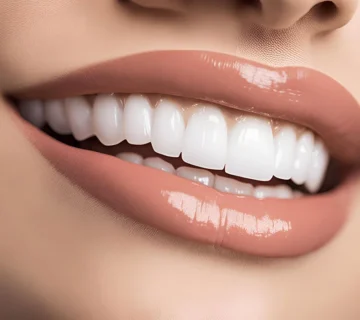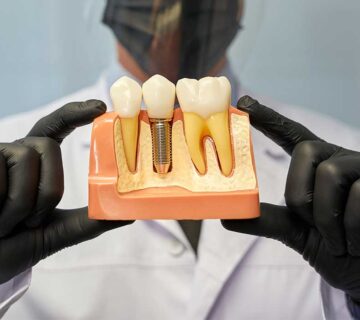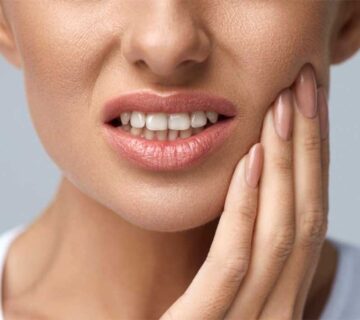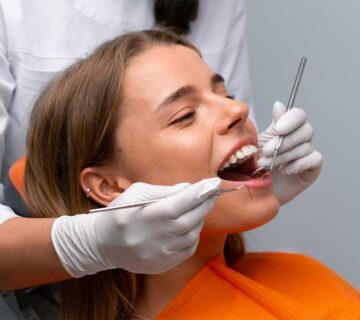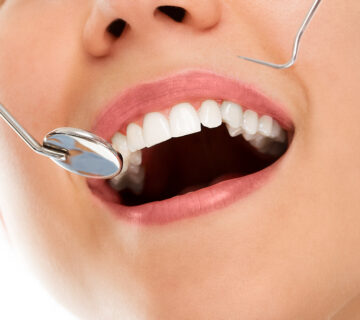Maxillofacial surgery and orthodontics are not the same thing, but they are two different fields of medicine that are very closely related to each other. They both focus on oral and jaw health, but their treatment approaches, methods, and goals are different.
Differences Between Jaw Surgery and Orthodontics
Jaw Surgery; Oral and Maxillofacial Surgery
Maxillofacial surgery is a surgical discipline that aims to treat functional or aesthetic problems in the mouth, teeth and jaw structure. Jaw surgery addresses situations that require surgical interventions. The main areas of jaw surgery are:
- Jaw Bone Problems: Problems with jaw size, shape and symmetry. For example, mismatch between the upper jaw (maxillary) and lower jaw (mandibular) can be corrected with orthognathic surgery.
- Jaw Fractures and Traumas: Treatment of injuries resulting from jaw fractures or trauma. Jaw surgeon performs surgical interventions to ensure healing of fractures.
- Oral Cancers and Tumors: Surgical removal of tumors or cancerous tissues in the mouth and jawbone.
- Extraction of Impacted Teeth: Surgical removal of wisdom teeth or other impacted teeth.
- Jaw Joint Problems (TMJ): Pain, locking and functional problems in the jaw joint can be treated with surgical methods.
- Dental Implant Surgery: Surgical procedures such as placing implants to replace missing teeth.
Jaw surgery deals with serious health problems that often require direct surgical intervention. Procedures performed in this area are more invasive, may require anesthesia, and the recovery process may take time.
Orthodontics
Orthodontics is a branch of dentistry aimed at correcting the alignment of teeth and jaw structures. Orthodontists often treat disorders in the alignment of teeth and jaw structure. Orthodontics performs treatment using dental appliances (braces, transparent plates) rather than surgical intervention.
The main focuses of orthodontics are:
- Tooth Misalignment: The situation where the teeth are not aligned properly (e.g. crooked teeth, teeth being close or far from each other).
- Tooth Crookedness and Distance Between Teeth: Correction of gaps or crookedness between teeth.
- Jaw Mismatches (Jaw Position): There may be jaw alignment disorders, but with orthodontic treatment, the teeth can be aligned without interfering with the jaw bone.
- Tooth Straightening (Braces and Braces Treatment): Adjusting teeth with braces, clear aligners or other orthodontic devices.
- Tooth and Jaw Aesthetics: Orthodontic treatment can also address aesthetic concerns. Crooked teeth, gaps between teeth, front or back teeth are corrected aesthetically.
Orthodontic treatment is generally less invasive and uses devices to achieve tooth movement. This type of treatment is usually a long-term process, but does not require surgical intervention.
What are the Differences and Common Aspects Between Maxillofacial Surgery and Orthodontics?
- Differences Between Jaw Surgery and Orthodontics:
- Surgical Intervention: While jaw surgery generally requires a surgical approach, orthodontics are treatments that do not require surgical intervention, mostly performed with devices such as braces and transparent plates.
- Treatment Area: While jaw surgery deals with more serious health problems related to the jaw bone, jaw joint and teeth; Orthodontics focuses more on tooth alignment and jaw discrepancies.
- Healing Process: The healing process after jaw surgery is longer and may leave surgical scars. Orthodontic treatment usually takes time with regular movement of the teeth, but does not require surgical intervention.
- Common Aspects Between Maxillofacial Surgery and Orthodontics:
- Both branches help align the teeth and jaw structure correctly.
- Jaw discrepancies may be an area of interest for both branches. While jaw discrepancies are tried to be corrected with orthodontics, surgical orthodontic treatment (orthognathic surgery) may be used in more advanced cases.
- Both specialties aim to treat aesthetic and functional problems, meaning that the patient will have a more aesthetic smile and dental functions such as chewing function will improve.
Situations When Jaw Surgery and Orthodontic Treatment Are Used Together
In some cases, jaw surgery and orthodontics can be applied together. For example:
- Orthognathic Surgery (Jaw Aesthetics): Orthognathic surgery and orthodontic treatment can be combined to correct serious disorders in the jaw structure. Orthodontics ensures the correct alignment of teeth before jaw surgery, and orthodontic treatment may be performed after surgery to maintain tooth alignment appropriate to the new position of the jaw.
- Jaw Discrepancies: If jaw discrepancy cannot be corrected by orthodontic treatment, orthodontic treatment along with jaw surgery may be required.
Jaw surgery and orthodontics are different specialties, but sometimes jaw surgery may be required before or after orthodontics. Which treatment will be applied is determined by the type and severity of the problems in the jaw structure. If you have a serious alignment problem in your teeth or jaw, more successful results can be achieved with treatment methods where these two branches work together.

